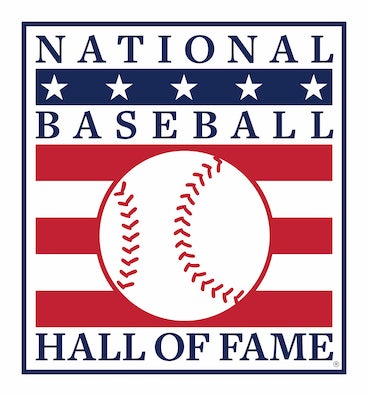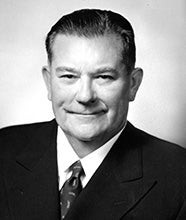- Home
- Our Stories
- The BASE connects with Black baseball history at Hall of Fame
The BASE connects with Black baseball history at Hall of Fame
Before the sun had risen on a brisk Saturday morning, 40 young ballplayers boarded a bus in the Roxbury suburb of Boston, just a short drive from Fenway Park.
Their road trip would take them past Major League Baseball’s oldest active stadium and four hours west to the spiritual home of baseball.
The National Baseball Hall of Fame and Museum, with the support of the Yawkey Foundation, hosted student-athletes from The BASE on Sept. 20-21 for a weekend of baseball education and inspiration. The visit represented an opportunity for the up-and-coming generation of urban youth to connect with the stories of the game’s most inspiring legends.
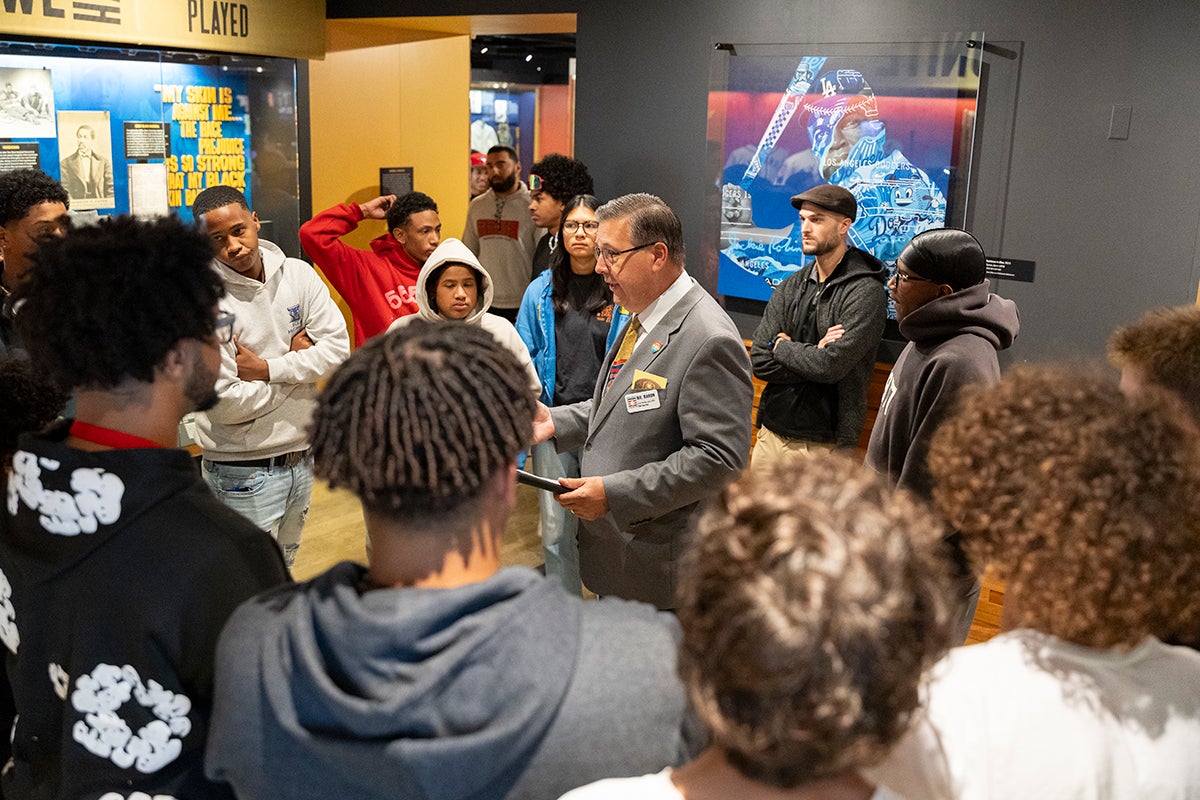
“With the exception of one, every single young person on this trip is here for the first time,” said Steph Lewis, CEO of The BASE. “Every kid that picks up a baseball and plays hopes to have their name enshrined in the Hall. But there’s so many stories that are in that Hall that allow us to be able to play here today, that allow us to be able to play at home in Boston and beyond.”
The two-day trip included a chance to explore the Museum, including the Hall of Fame’s exhibit The Souls of the Game: Voices of Black Baseball, which is located in the Yawkey Gallery and was made possible by the Yawkey Foundation. In August 2024, the Foundation awarded a significant grant to The BASE that helped the organization renovate and finalize the purchase of its Roxbury facility.
“We have a longstanding partnership with The BASE,” said Alicia Verity, CEO of the Yawkey Foundation. “These student-athletes represent so much of the potential and the persistence that is going to provide them with excellent futures. We look for organizations and leaders like Steph and his team to make that a reality.”
Visiting student-athletes enjoyed a full guided tour with Museum educators on Saturday, as well as an artifact spotlight that brought them up close with treasures from such stars as Randy Johnson, Aaron Judge, Shohei Ohtani and Ichiro Suzuki. They also explored the Plaque Gallery, pausing to learn about Class of 1980 inductee Tom Yawkey.
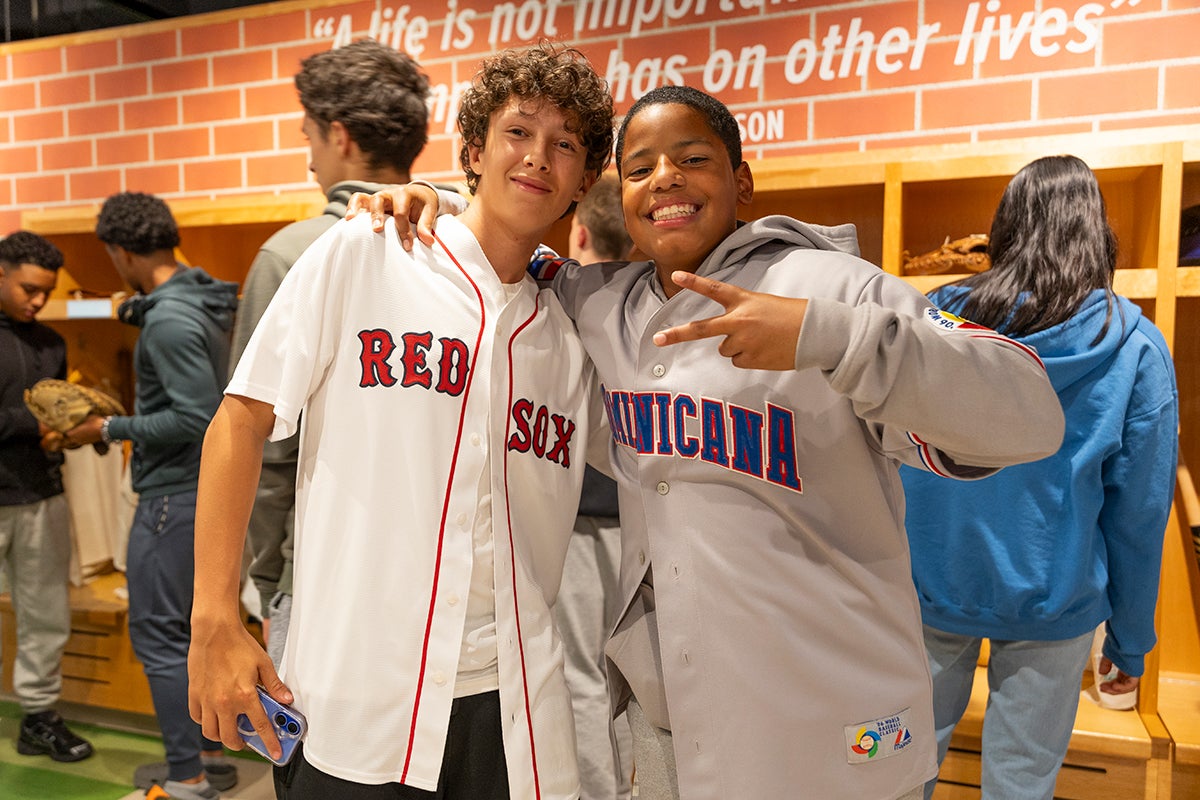
On Sunday, the group split for an intersquad game at Doubleday Field, for which the first base section of the stands was donated by Yawkey – the longtime Red Sox owner – in 1959.
“Baseball has mirrored a lot of the breakthroughs in America’s history, the challenges and the triumphs,” Verity said. “It’s just a thread that goes throughout the sport and throughout the country. That’s something that Tom felt was important to invest in, and we continue to invest in it in his memory.”
The BASE serves close to 1,000 student-athletes in the New England area, placing an emphasis on athletic training as well as academic and career development. The group that made the pilgrimage to Cooperstown were among three dozen “All-Stars” in the 15-to-18-year-old age group who best exemplified the qualities taught at the organization.
“It’s more than just the sport itself,” said Lewis. “There’s career development, there’s college access, as well as a health and wellness initiative focusing on bettering our communities. These are folks that are active in all components that have really taken on those responsibilities even more than anything we could have asked.
“We just felt like this is a great trip to represent The BASE and really honor the great things that they’ve been doing within the organization.”
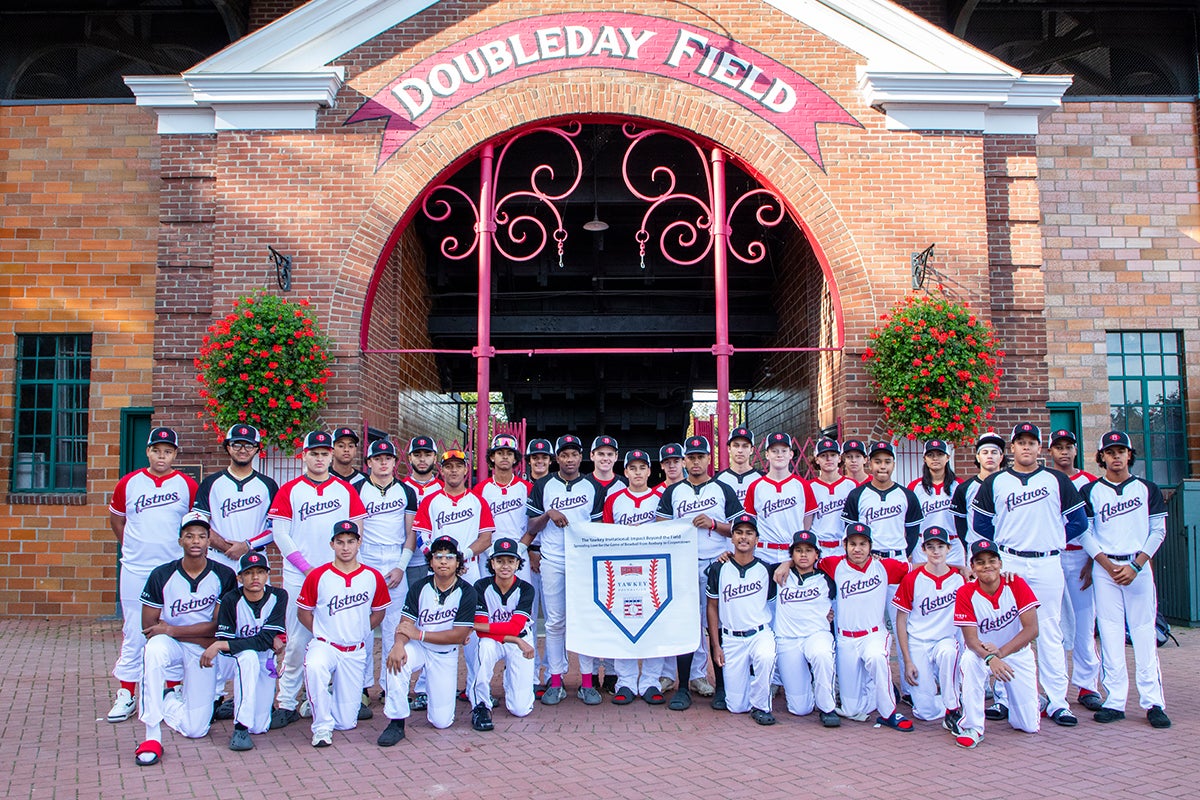
After keeping awed, hushed tones during the Museum tour, the gameday experience at the historic Cooperstown ballpark brought forth shouts, laughs, friendly banter and pure joy. The roster included boys and girls of bilingual backgrounds, united from many city leagues under The BASE’s banner.
Each player received drawstring backpacks that included baseball cards, a Yawkey plaque postcard, 2025 Induction Ceremony cap and copies of the Hall of Fame’s new book “Play Harder: The Triumph of Black Baseball in America.”
Lewis is eager to see his students return home and apply the lessons learned from their historic journey.
“We take deep pride in knowing that the game of baseball has many ways of being played,” said Lewis. “And that’s how you honor it, is the diversity of the game. That’s exactly what the Hall has shown, that there’s not one prototype to be able to get there. There’s hundreds of people that have taken different routes to get to the Hall, and there’s thousands, if not millions of people around the world playing the game the best way possible. So this is just one of many, and we’re excited to be able to share our way.”
Kourage Kundahl is the director of digital content at the National Baseball Hall of Fame and Museum
